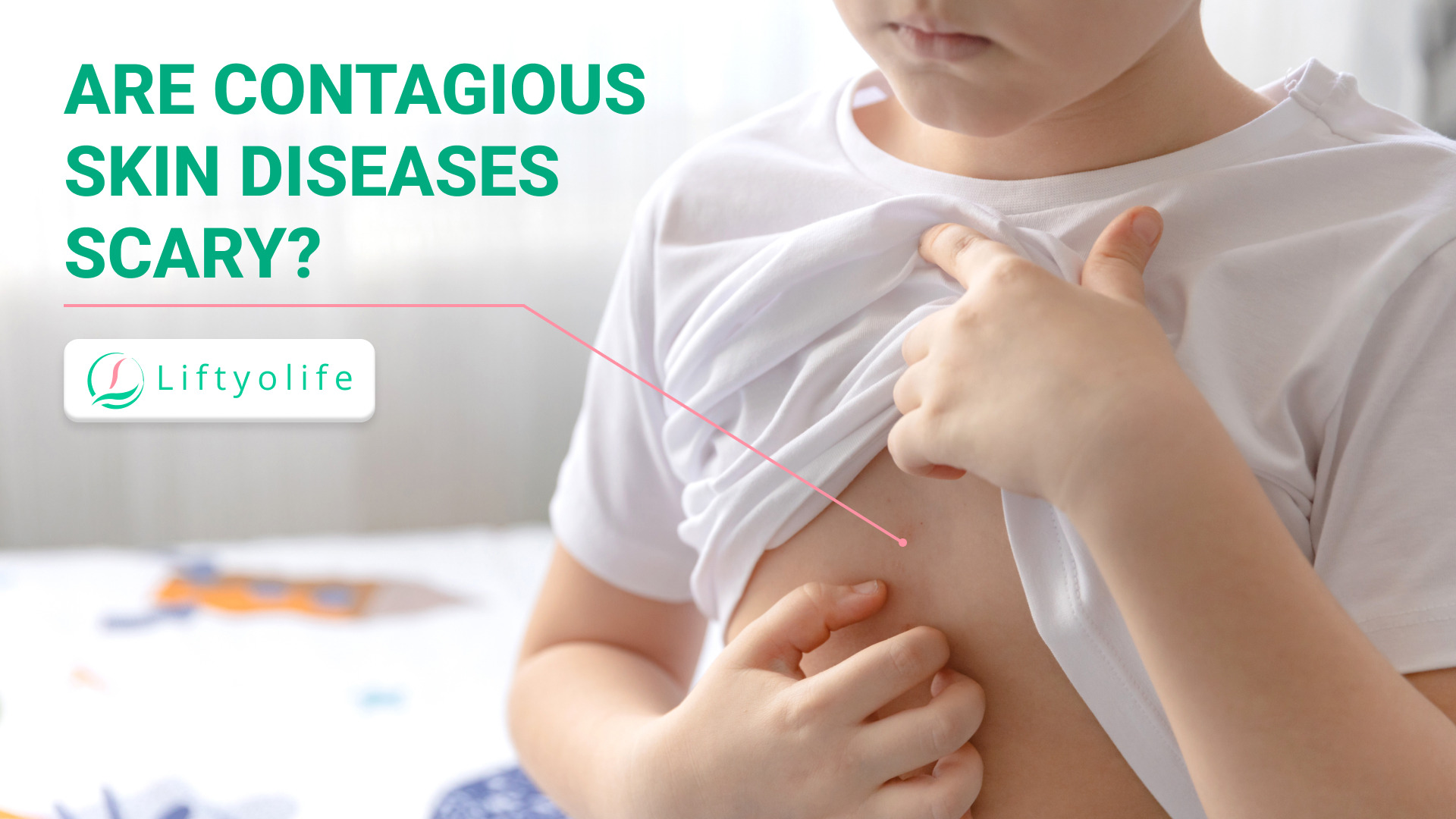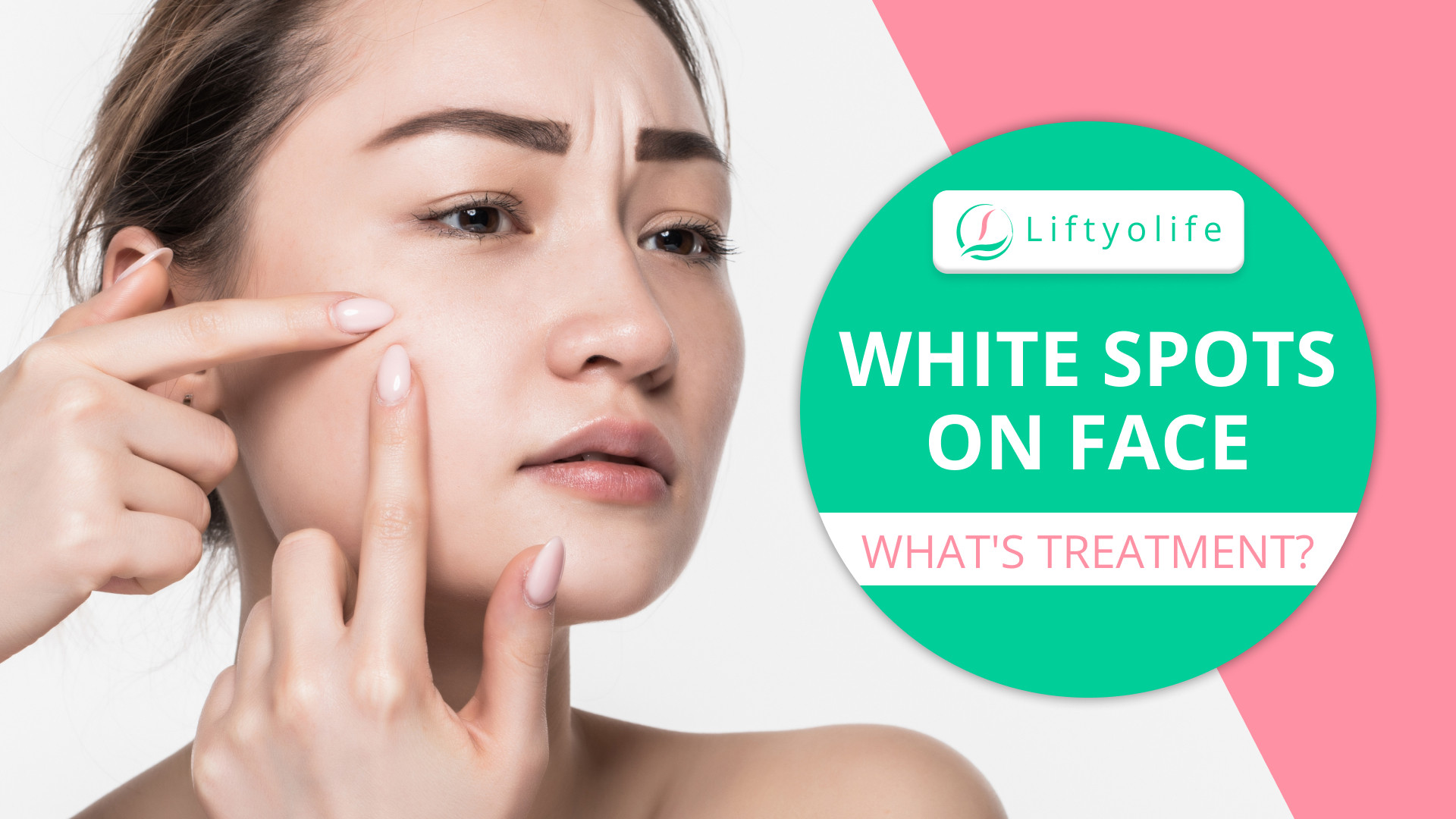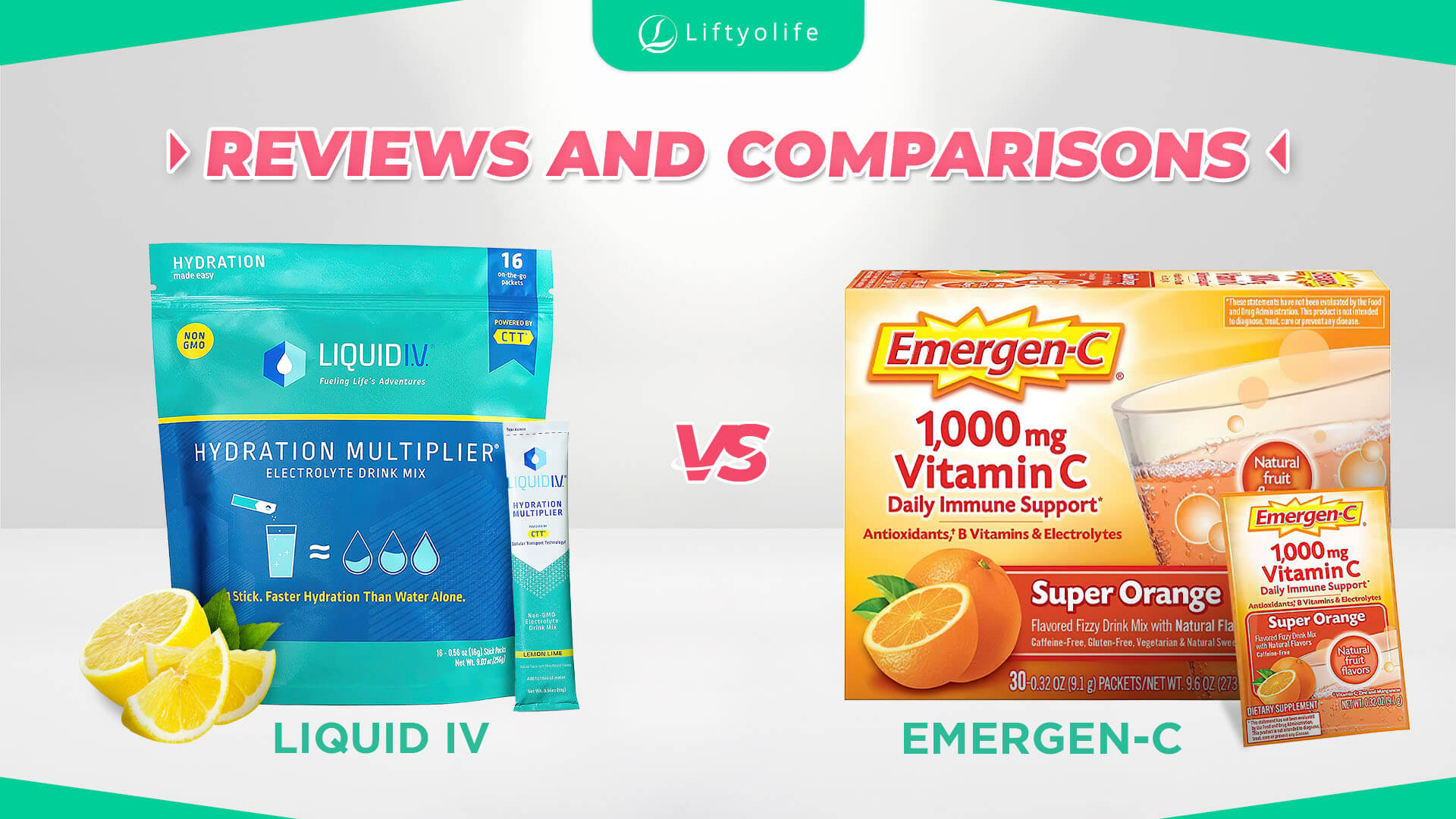Dermatitis Types: Symptoms & Treatment
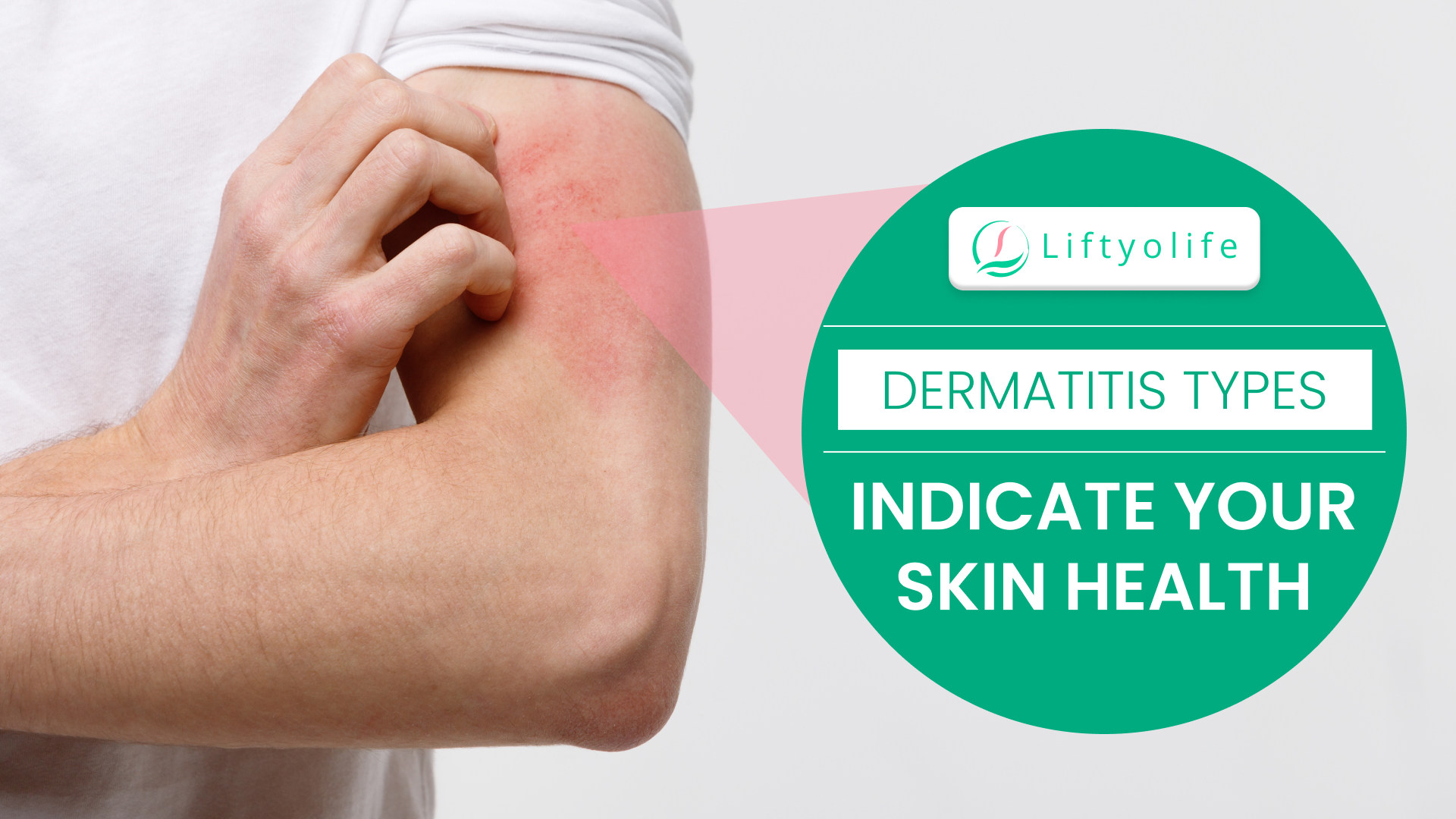
How many dermatitis types are there? How can I tell the difference and choose the best treatment at the first sign? You are not alone; many people who suffer from dermatitis have similar questions to you. Liftyolife (liftyolife.com) understands that any skin condition can harm your appearance and confidence; therefore, this article today will assist you in determining what type of skin illness you have and how to treat it properly and effectively.
1. What is dermatitis?
Dermatitis means “skin inflammation” or “skin irritation.” The early stages of dermatitis are typically characterized by red, dry, and itchy skin. More severe dermatitis can cause crusty scales, painful cracks, or blisters that ooze fluid, crust or flake away.
Contact dermatitis, atopic dermatitis (eczema), and seborrheic dermatitis are the three most common types of this condition. Dermatitis is not contagious, but it can cause discomfort and self-consciousness.
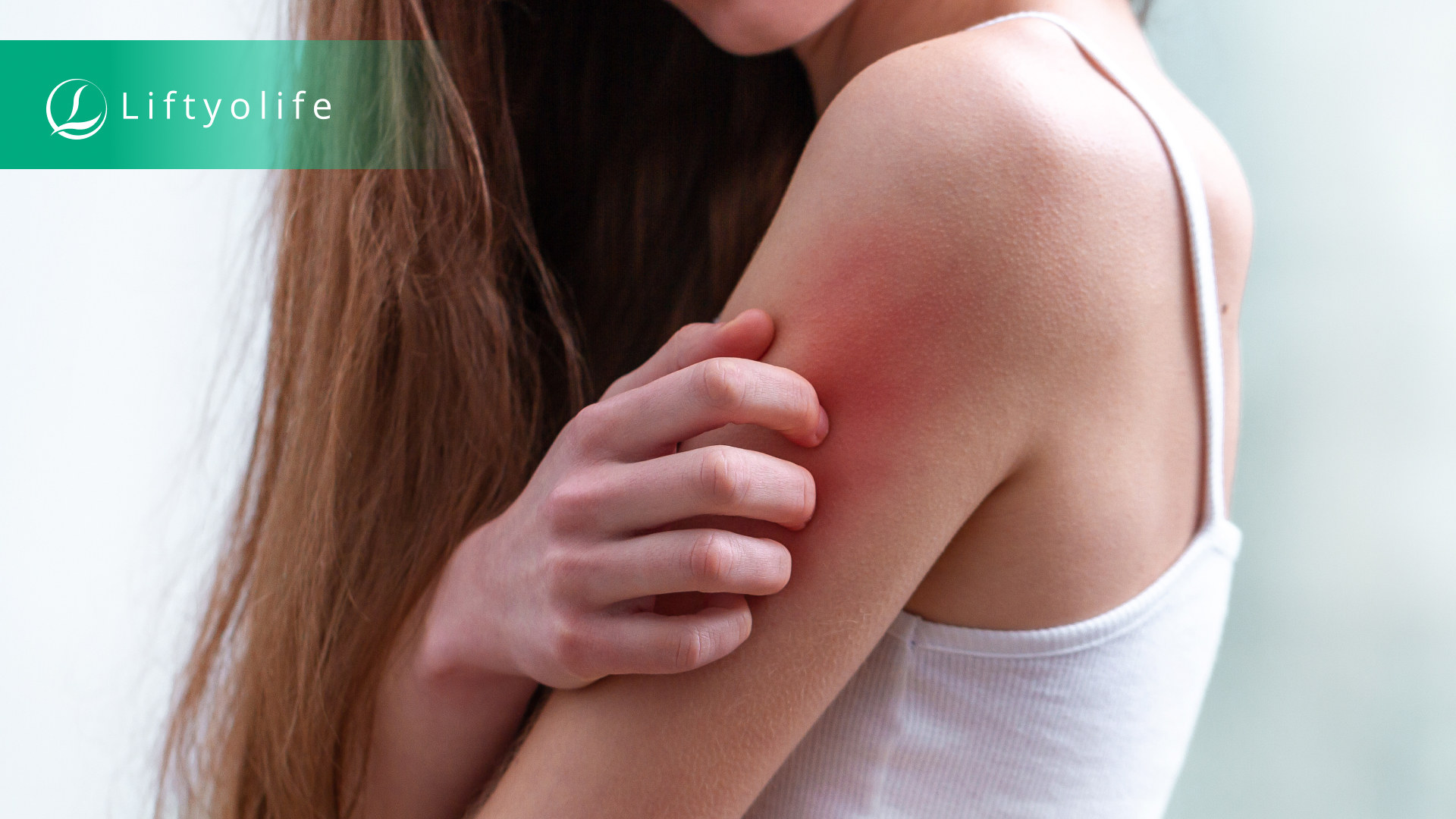
What is dermatitis?
2. Types of dermatitis
2.1. Dyshidrotic dermatitis
Other names:
- dyshidrosis,
- foot-and-hand eczema,
- pompholyx,
- vesicular eczema,
- palmoplantar eczema.
Dyshidrotic dermatitis is a skin problem characterized by a sudden rash of small, itchy blisters on the palms and sides of the fingers. This skin condition can also cause blisters to form on the soles of your feet or between your toes, and it is more common in people who sweat a lot in these areas.
There is no cure for this disease; these blisters will appear and disappear over time. It can affect people of any age, but it is most common in adults under 40.
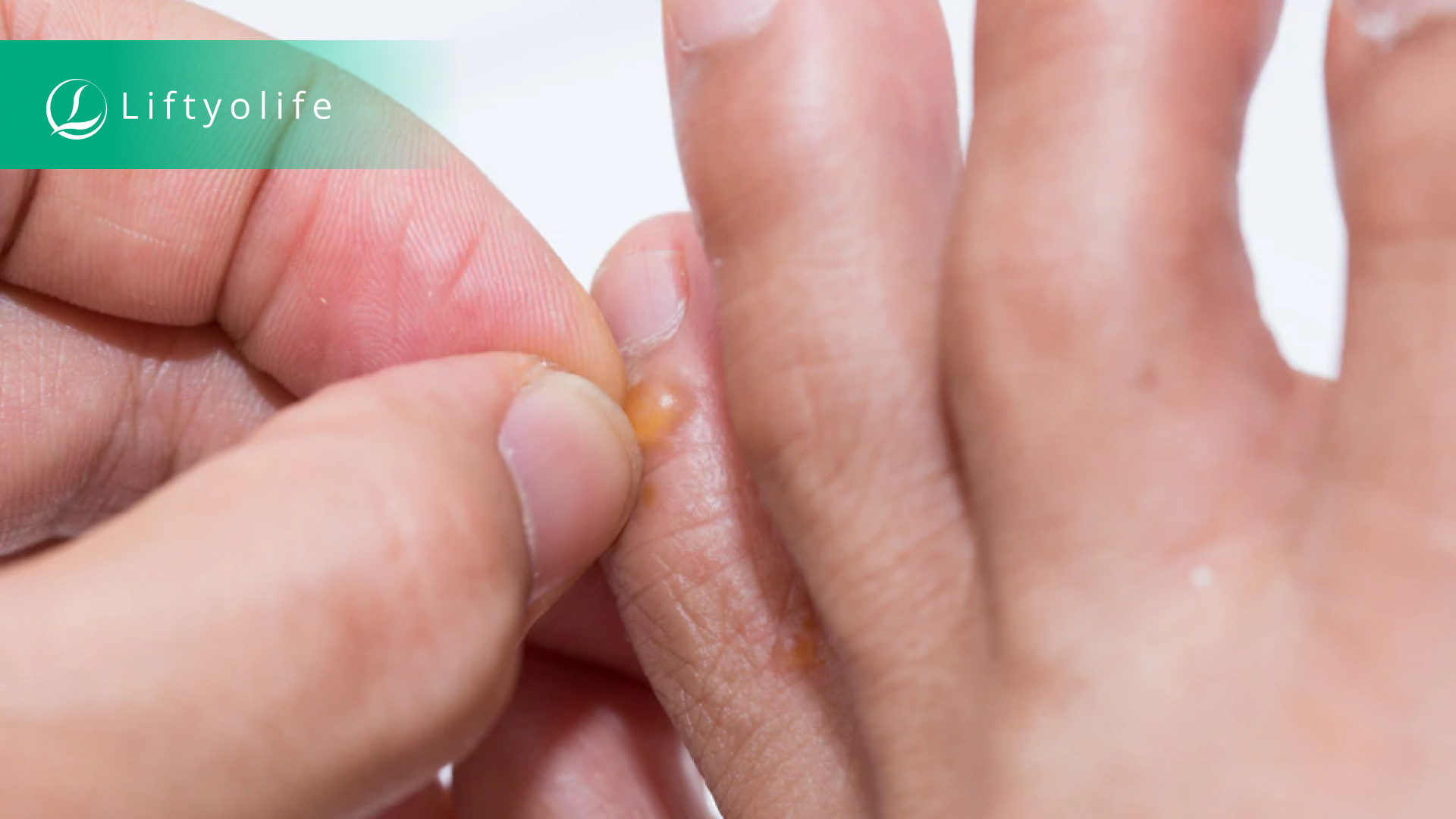
Dyshidrotic dermatitis
2.2. Atopic dermatitis (eczema)
Atopic dermatitis (AD) is a chronic skin illness that frequently causes itching. Eczema is another name for it. Moreover, AD flares up from time to time. Asthma or hay fever may accompany it. Skin patches may appear rough, dry, and itchy during flare-ups.
Furthermore, people who suffer from AD have a disordered and overactive immune system. This causes inflammation, which damages the skin barrier, leaving it dry and prone to itching and rashes in darker skin tones and red in lighter skin tones. There is no cure for atopic dermatitis. On the other hand, treatments and self-care measures can alleviate itching and prevent new outbreaks.
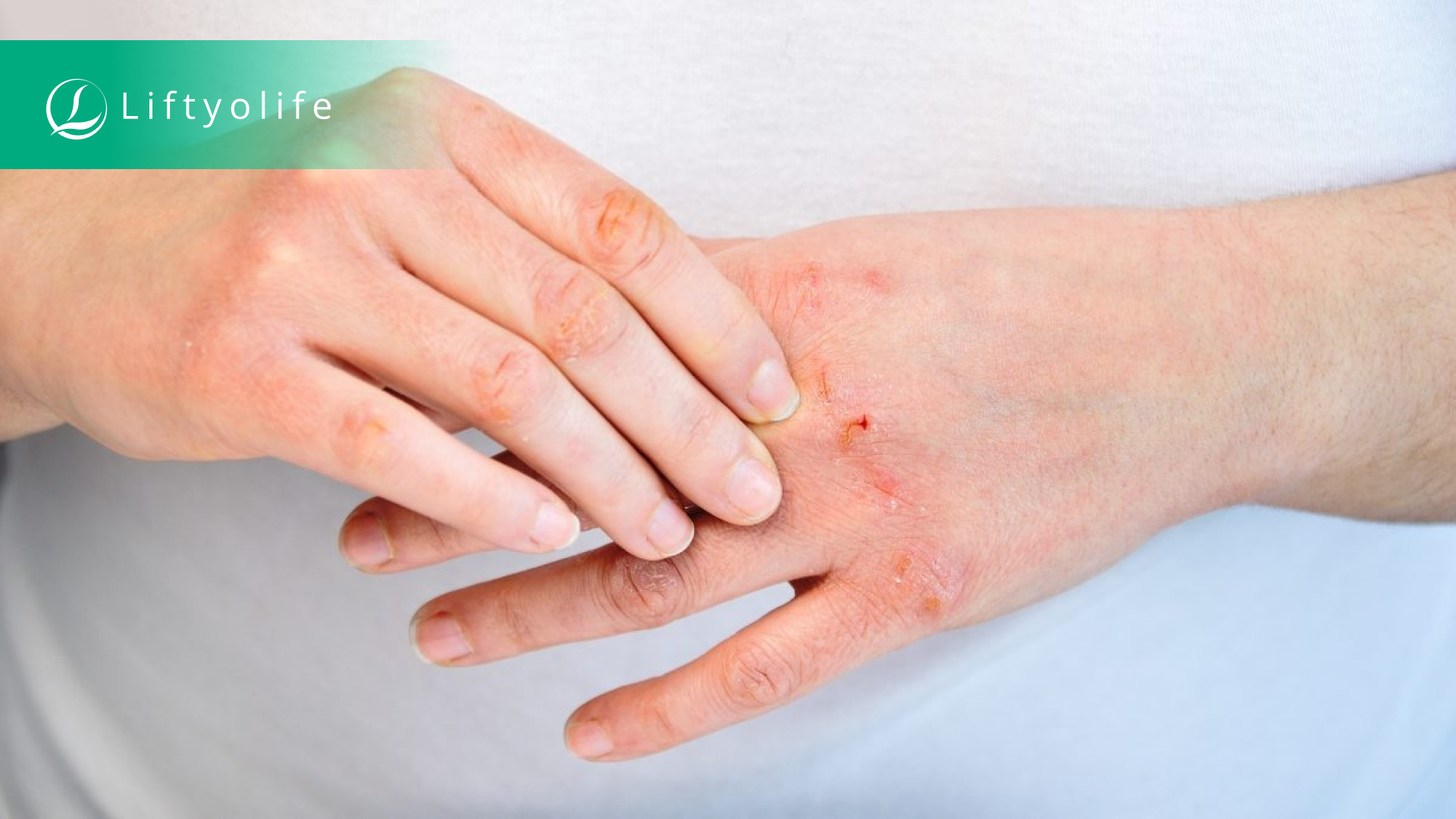
Atopic dermatitis (eczema)
2.3. Seborrheic dermatitis
Seborrheic dermatitis is a universal skin condition that primarily affects the scalp. It results in scaly patches, red skin, and persistent dandruff. Oily areas such as the face, brows, ears, sides of the nose, eyelids, and chest can also be affected by seborrheic dermatitis. These symptoms can be exacerbated by stress or a lack of sleep.
In addition, this disease is a noncontagious and quickly treated skin condition. Seborrheic dermatitis may resolve on its own. Alternatively, you may require several treatments before the symptoms subside. And they might come back later.
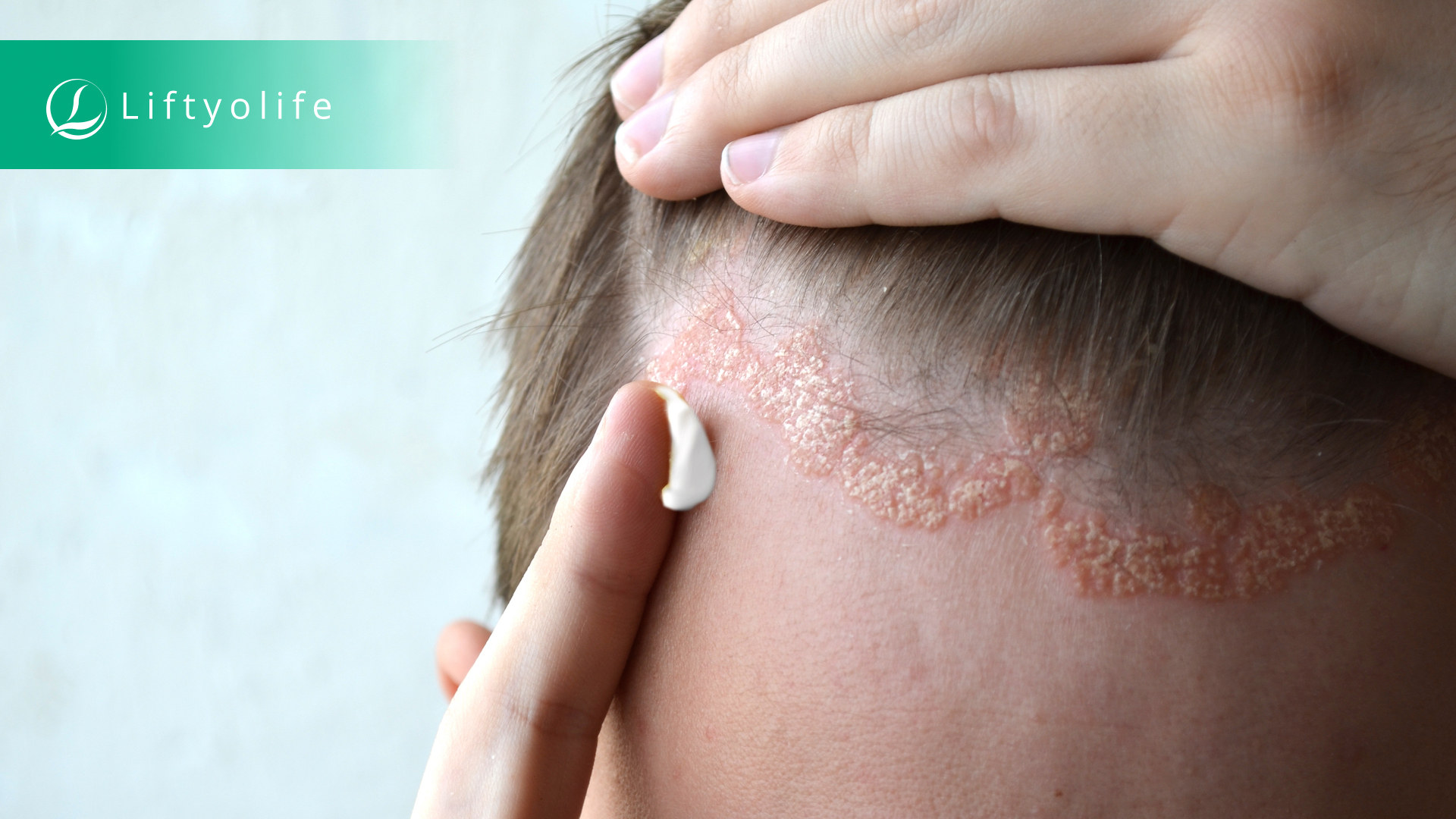
Seborrheic dermatitis
2.4. Contact dermatitis
Contact dermatitis is a reaction to your skin when direct contact with a substance or allergic factors by a red, itchy rash. Although the rash is not contagious or life-threatening, it can be highly uncomfortable.
Burning or stinging skin is one of the symptoms of contact dermatitis. These symptoms appear only after contacting a specific substance, agent, or product. Contact dermatitis usually improves or disappears when the substance causing the problem is identified and avoided.
Contact dermatitis is classified into allergic contact dermatitis (ACD) and irritant contact dermatitis (ICD).
- An outside substance directly damages the skin and causes a reaction in ICD.
- In ACD, the outside substance does not directly harm the skin but causes your immune system to react in such a way that it does.
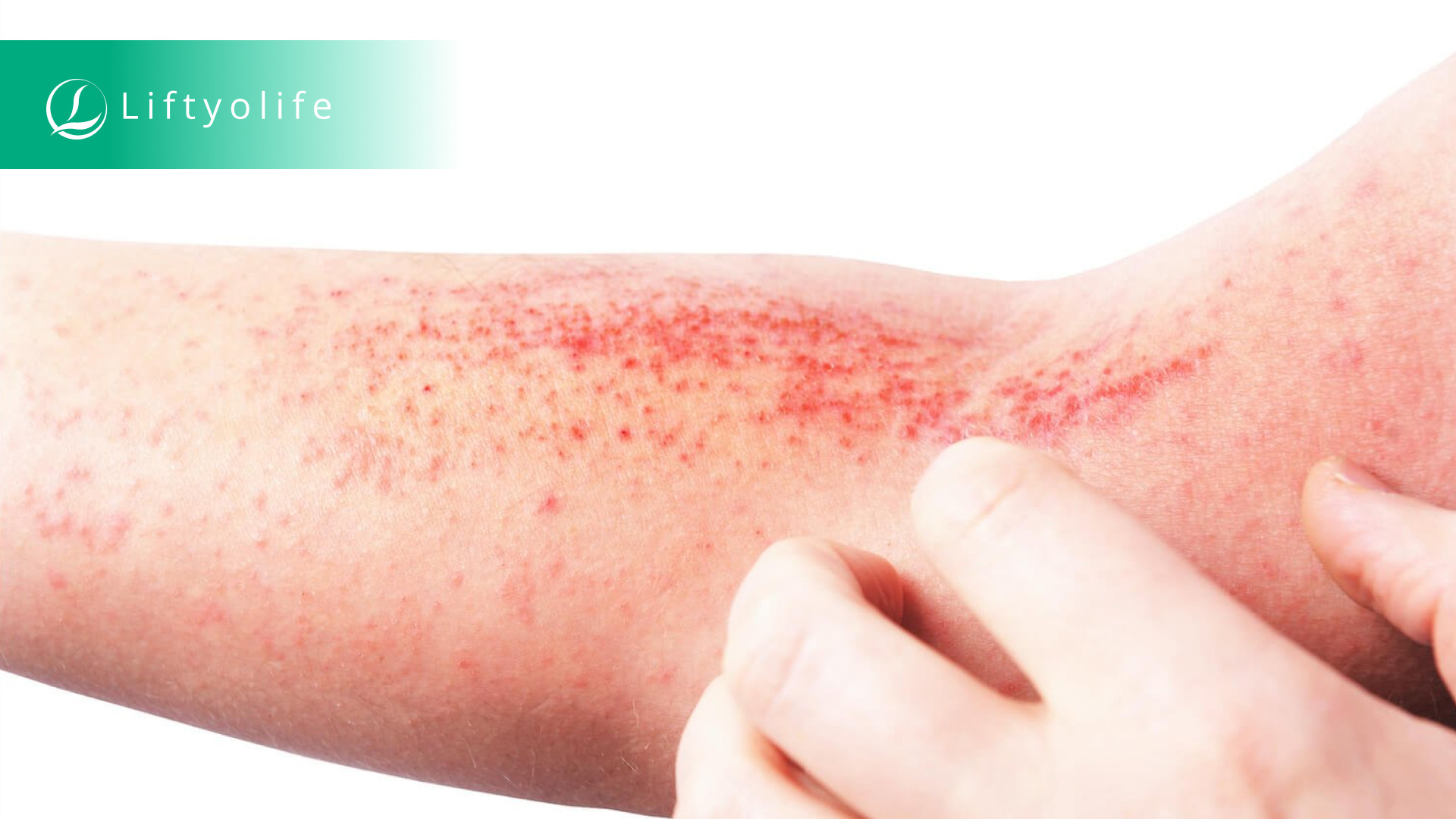
Contact dermatitis
2.5. Other types
Besides the four most common types of dermatitis listed above, there are several less common types of dermatitis listed below. It’s less common, but it still happens and has an impact on your skin’s health; don’t ignore it:
- Nummular dermatitis: This condition is characterized by oval sores on the skin that frequently appear after a skin injury.
- Dermatitis neglecta is the result of your laziness. In other words, dermatitis neglecta is caused by an accumulation of sweat, sebum, corneocytes, and bacteria in a specific skin area, resulting in a compact and adherent dirt crust.
- Neurodermatitis is characterized by an itchy patch of skin that is frequently triggered by stress or something irritating to the skin.
- Stasis dermatitis: This condition causes skin changes because of poor blood circulation. It creates skin discoloration in the lower extremities and even thickens the skin’s texture.
3. Symptoms and causes
3.1. What are the signs and symptoms of dermatitis?
Many types of dermatitis will exhibit symptoms that are unique to each form, allowing us to distinguish between them. Nevertheless, the most common symptoms of these types of dermatitis are as below; you may have one or more of these:
- Red rashes and bumps.
- Itching.
- Fluid-filled blisters.
- Rashes that resemble or feel like a burn
- Dehydrated skin.
- Painful ulcers.
- The rashes may ooze fluid or bleed when scratched.
- Crusting, scaling and creasing skins.
- Skin thickening, hardening, and swelling.
Furthermore, each type of dermatitis will have its own set of symptoms; here’s what you need to know about them:
- Dyshidrotic dermatitis:
- itchy blisters on your fingers’ edges, toes, palms, and foot soles,
- painful skin.
- Atopic dermatitis (eczema):
- inflamed, dry, red, bumpy and itchy skin.
- Seborrheic dermatitis (dandruff):
- red, flaky, dry, and itchy on your scalp and other body parts.
- Contact dermatitis:
- painful or itchy skin rash.
- Nummular dermatitis:
- circular, itchy spots on your skin,
- dry skin,
- open sores.
- Neurodermatitis:
- intense itching on your skin.
- Stasis dermatitis:
- swell ankles,
- scaling, itching, pain and open sores.
3.2. What causes dermatitis?
Dermatitis does not appear by a single reason but rather a combination of genetics, immune system activation, and environmental triggers. Here is the specific details of these factors:
- Genetics: The genes that regulate the body’s response to external inflammatory agents are sometimes formed from genetic code and passed down from generation to generation. That is, if other members of your family have dermatitis, you are more likely to have it as well. Moreover, genes that control a protein can help your body maintain healthy skin. Normal levels of that protein are required for healthy skin.
- Immune system: The immune system’s reaction differs from person to person. This is why some people develop dermatitis while others do not. Dermatitis sometimes occurs when your immune system overreacts. In other cases, if you have atopic dermatitis, your immune system reacts to minor irritants or allergies.
- Environment: The skin is the part of the body that is in direct contact with the environment and serves as the body’s protective barrier. However, a few external factors cause your immune system to alter your skin’s protective barrier. This allows more moisture to escape, which can lead to dermatitis. Exposure to tobacco smoke and certain air pollutants are examples of potential environmental factors.
- Exposure: Chemicals and other irritants can cause some types of dermatitis. Exposure to fluoride in water or toothpaste, for example, can cause perioral dermatitis.
4. Treatment
Some types of dermatitis go away on their own after a few weeks. Still, others, such as dyshidrotic dermatitis or eczema, cannot be cured, so treatments vary depending on the type of dermatitis. However, the majority of treatments follow a few general principles.
Here are a few dermatitis treatment options to consider:
- use steroid-free immunomodulating topicals,
- apply rash creams containing zinc oxide to treat diaper rash,
- topical steroid creams (hydrocortisone) reduce inflammation and relieve itchiness,
- medications for allergies and itching (antihistamines),
- treat dry skin with moisturizer creams and lotions,
- treat seborrhea by using antifungal agents and antidandruff shampoos.
In addition to treatment, you should avoid dermatitis triggers such as:
- wearing soft fabrics: cotton, rough fibers, and tight clothing,
- hot baths and showers,
- allergens and irritants,
- selecting diapers that fit correctly and do not rub or chafe,
- changing diapers more frequently,
- thoroughly drying the infant before wearing a new diaper.
What dermatitis types are you in? Although some dermatitis cannot be treated entirely, it does not disrupt your daily life if you know how to care for your skin and apply the proper treatment regimens. When the above symptoms become severe and persistent, contact your doctor and follow their sound advice. Moreover, they determine the best treatment method for your skin condition. Don’t allow yourself to become stressed, as this is a significant cause of dermatitis. Subscribe to Liftyolife (liftyolife.com) to receive additional health-care advice.

